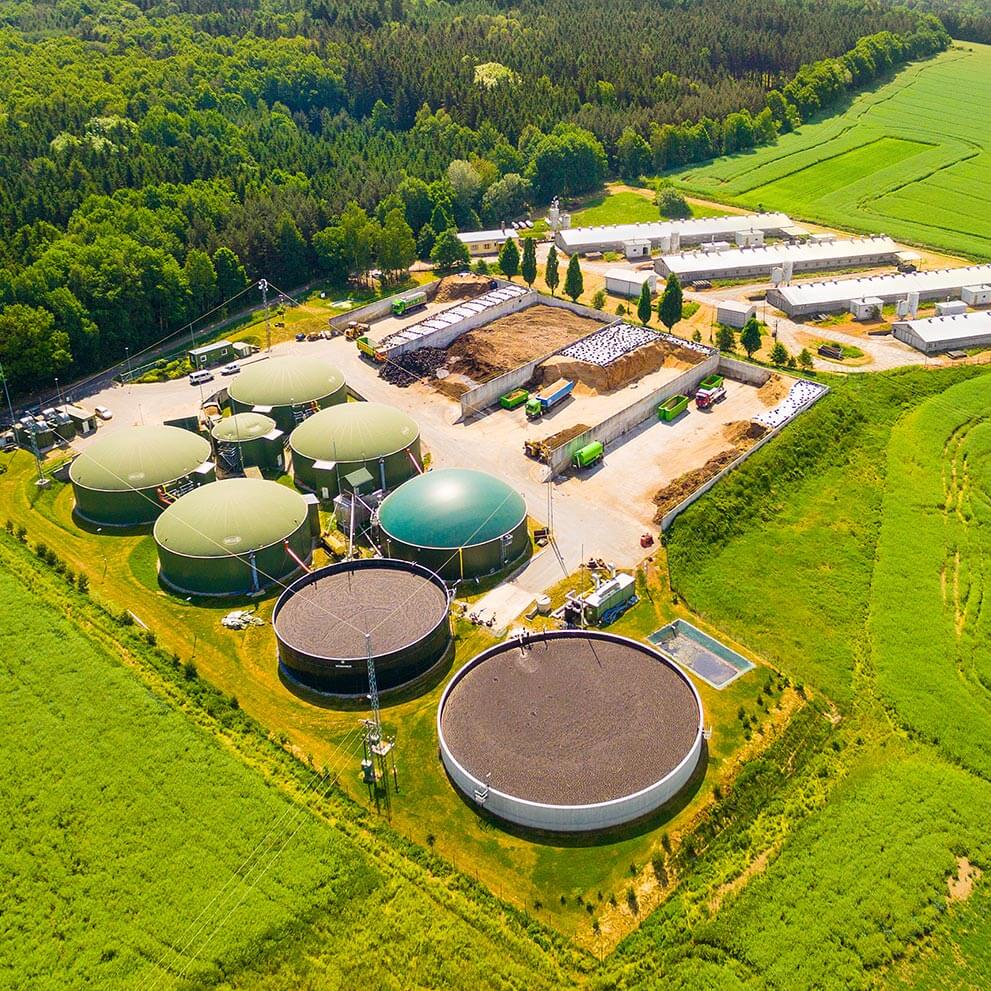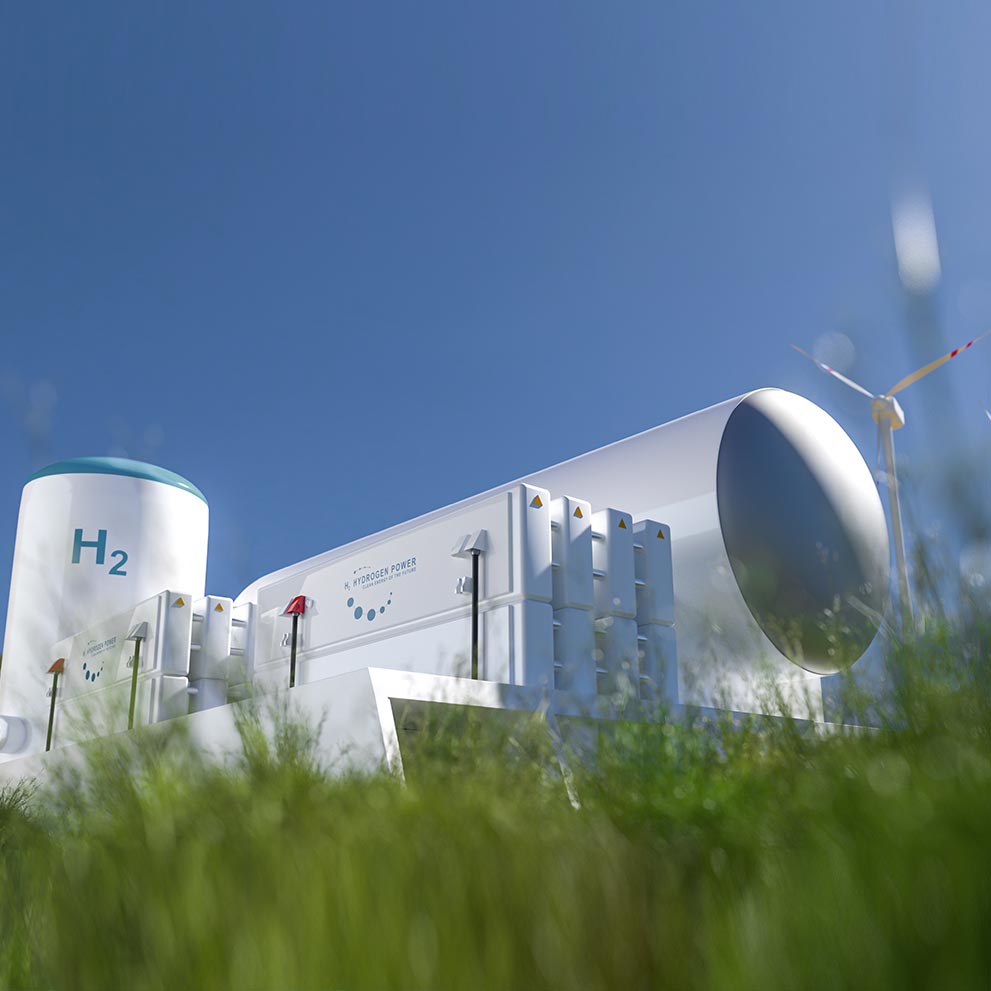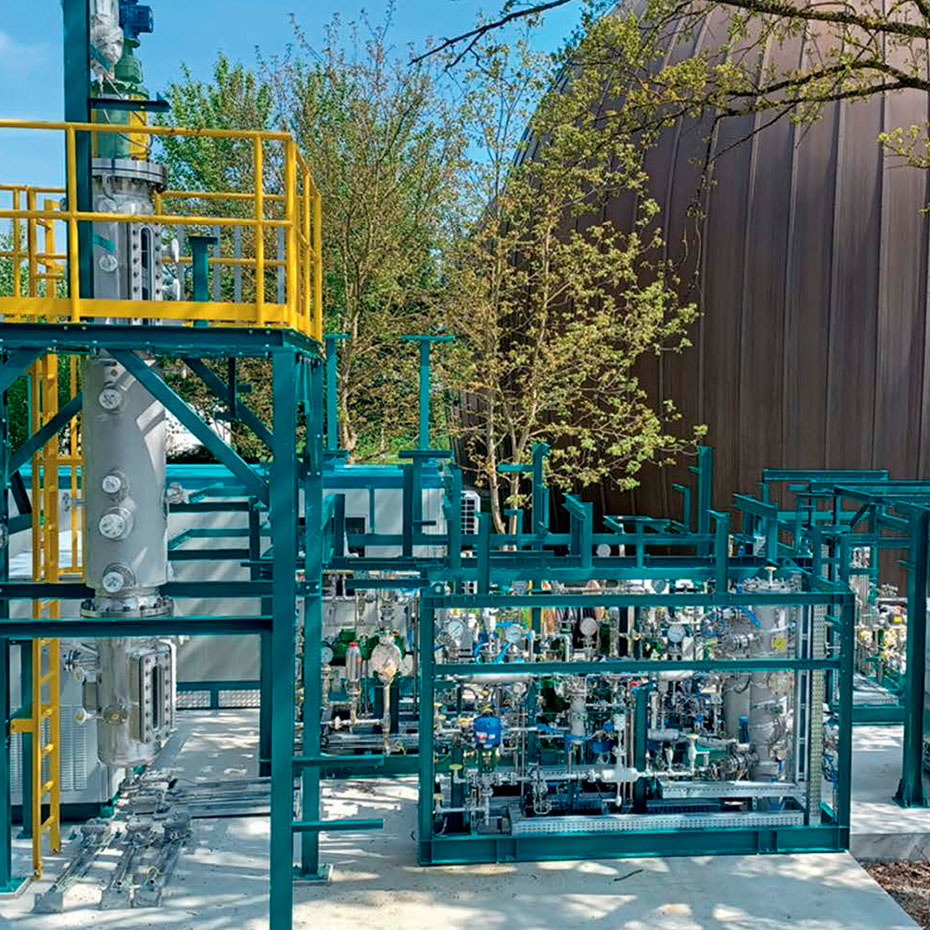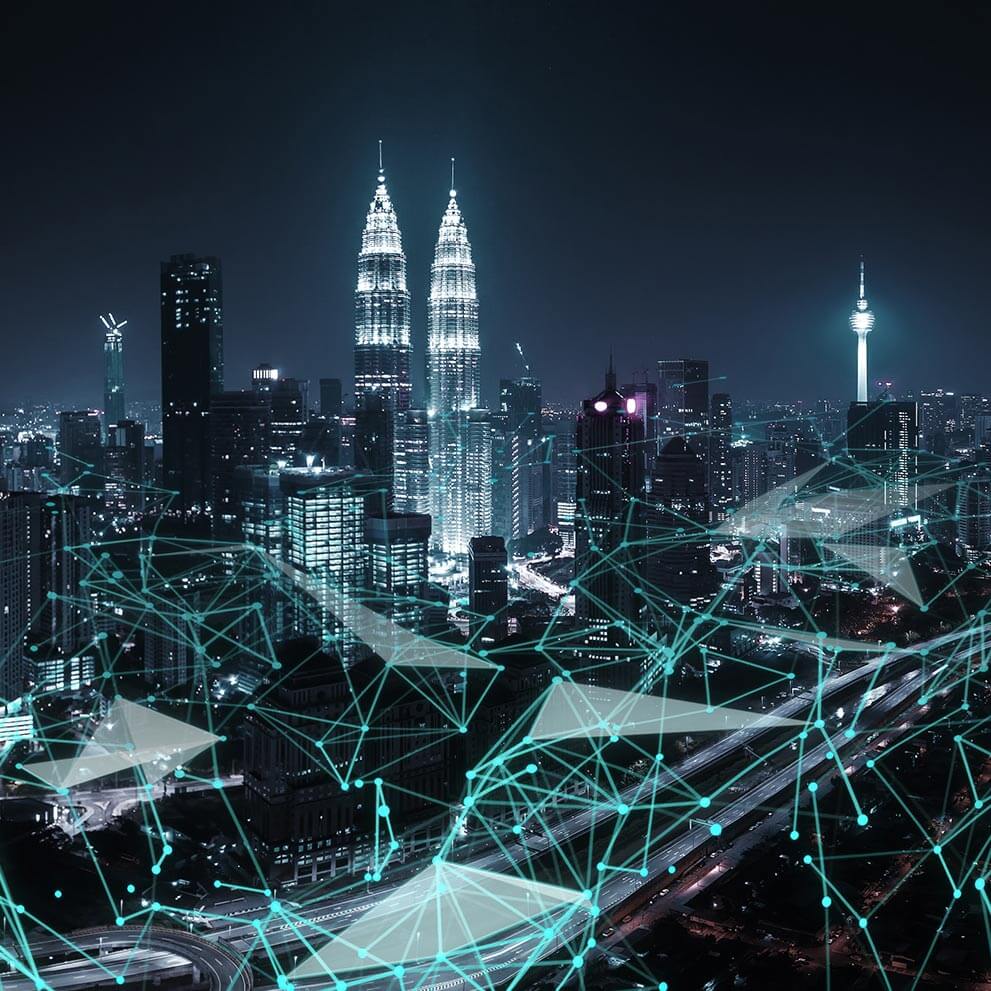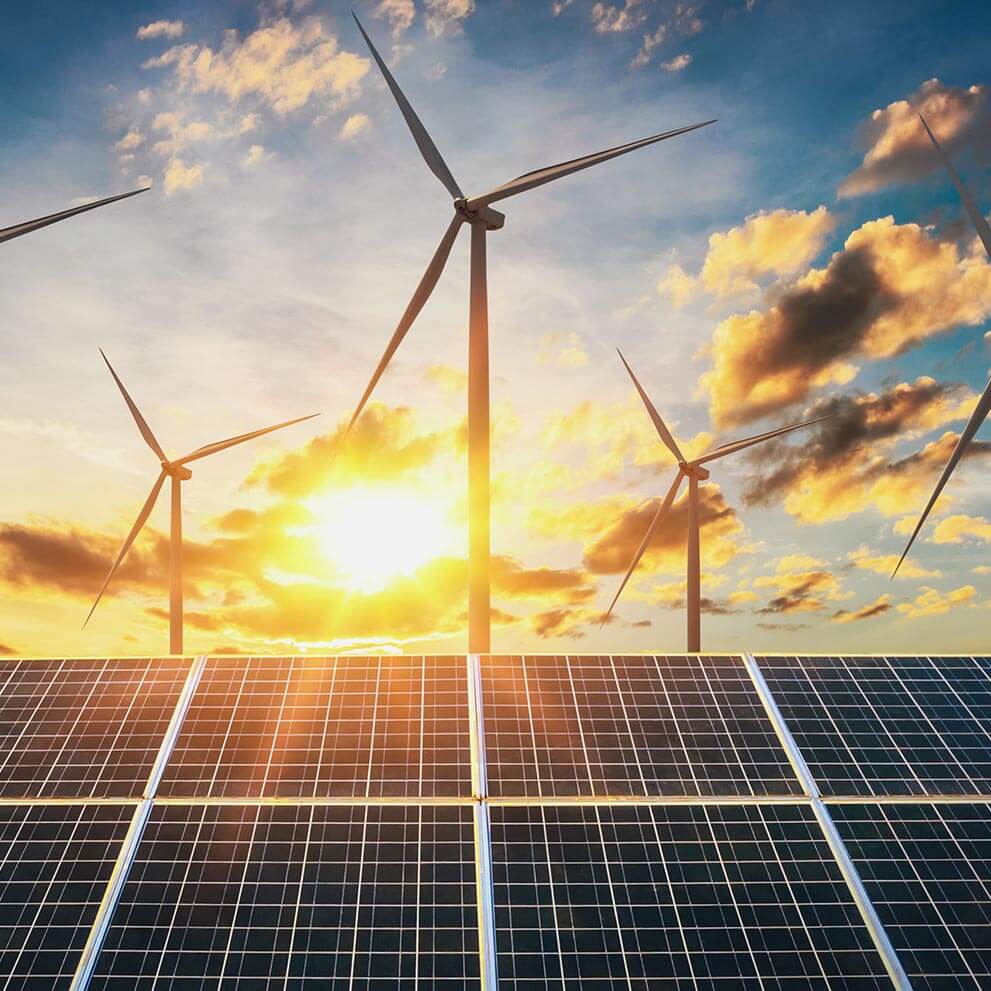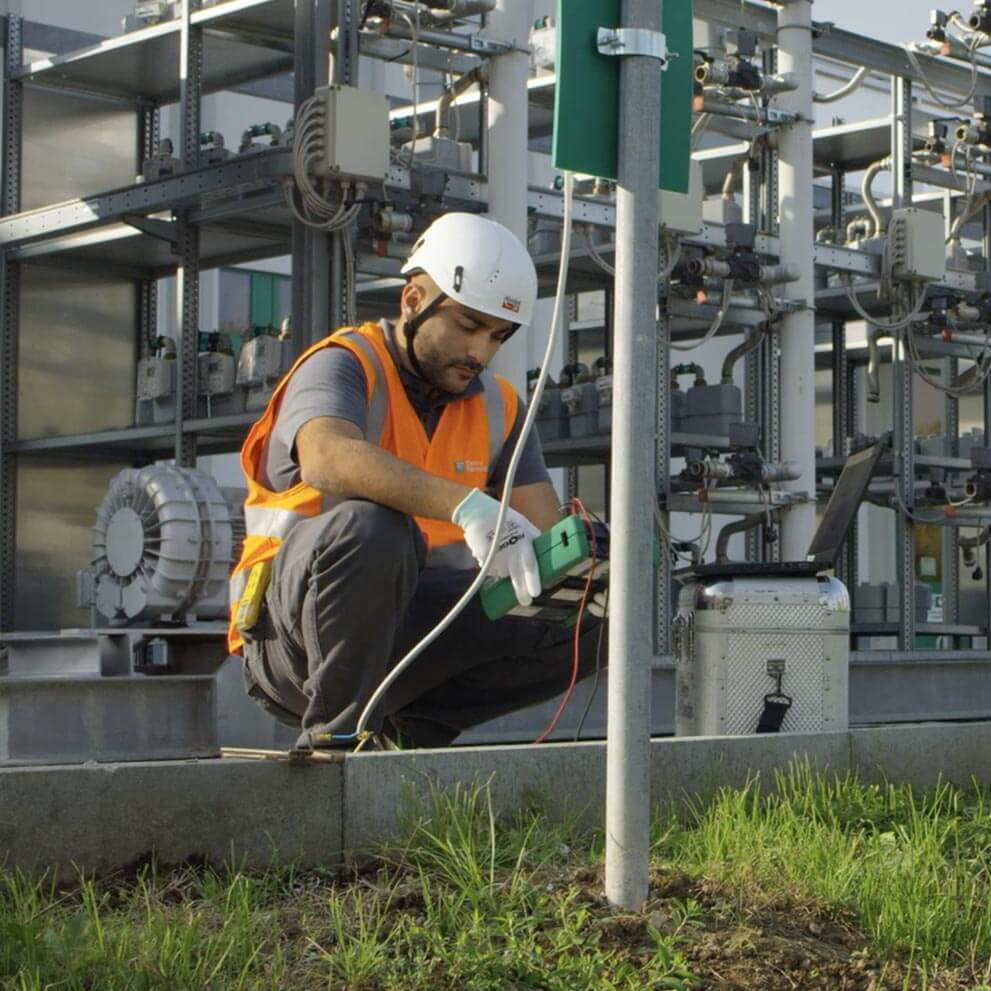Water
The most effective evolution in network monitoring
As specialists in smart metering, we focus on the water sector with one main objective, the optimisation of distribution networks.
The President of the Fiorentini Group, Cristiano Nardi, explains Pietro Fiorentini’s commitment to the company’s natural transition within the water sector.
ULTRASONIC TECHNOLOGY FOR ABSOLUTE CONTROL

SSM-AQUO are Pietro Fiorentini’s ultrasonic water meters for remote reading, which provide all the necessary data for accurate and efficient flow and consumption control.
In addition to providing consumptions, they also monitor information about a possible pipe break, lack of consumption or reverse flow, allowing to deduce a possible leakage.
Automated processes for total control of water flow through integrated real-time remote reading.
Discover the advantages of the SSM-AQUO ultrasonic water meters here.
Cases of successful projects
Ultrasonic smart water meters measure the volume of water used by final users and are also used to determine flow through a specific portion of the cycle. Water metering is a component of public water resource management aimed at monitoring and eventually reducing water consumption.
Water cycle control technologies, data management solutions to support distribution companies in the processes involved in remote metering and remote management, on-field workforce management through satellite tracking: these are some of the solutions we can provide.
Within the water cycle coexist a wide number of complex systems, requiring thousands of control points and simple installations of valves or sensors, characterised by a limited but important number of signals. The application of lot technology enables the strategic management of the water cycle.
